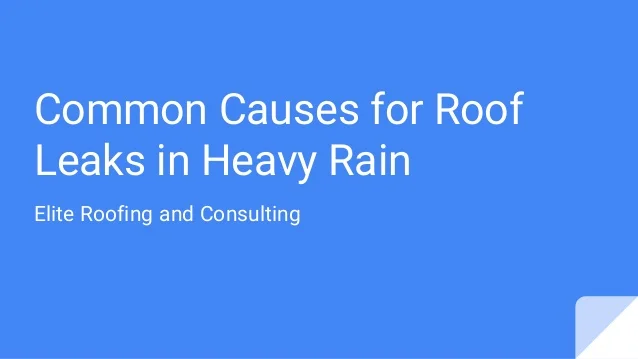Regular Roofing Installation Mistakes And Tips For Preventing Them
Regular Roofing Installation Mistakes And Tips For Preventing Them
Blog Article
Developed By- construction & remodeling"
When you're planning a roofing installation, it's easy to ignore critical information that can lead to substantial problems down the line. You may be attracted to reduce edges on product choice or avoid correct blinking installation, yet these common mistakes can result in pricey repairs later. Comprehending the significance of air flow and adhering to neighborhood building regulations is necessary for an effective project. So, what are the crucial steps you should take to ensure your roofing system stands the test of time? Allow's explore some effective techniques to prevent these challenges.
Poor Product Selection
When it concerns roofing system installation, picking the wrong materials can result in expensive troubles down the line. You might assume that any kind of roof material will do, but that's a typical false impression. It's crucial to select materials that fit your neighborhood environment and the certain demands of your home.
For instance, if you stay in an area with hefty rain or snow, going with asphalt shingles may not be the very best selection. Rather, consider more resilient choices like metal or slate.
Furthermore, pay attention to the top quality of the products you're considering. Cheap materials may conserve you money upfront, but they typically lack durability and can result in constant repairs or replacements.
You ought to also think about the style of your home and ensure the materials you select will keep its visual charm.
Finally, do not fail to remember to seek advice from professionals. They can supply important insights and advise materials that abide by regional building codes.
Investing time in proper material selection now can help you prevent frustrations and expenditures in the future, making your roofing task a success.
Inadequate Flashing Installation
Picking the best products isn't the only factor that can cause roof troubles; insufficient flashing setup can likewise develop considerable concerns. Flashing is important for guiding water far from vulnerable areas, such as smokeshafts, skylights, and roof covering valleys. If it's not installed appropriately, you risk water intrusion, which can lead to mold growth and architectural damage.
When you set up flashing, guarantee it's the best kind for your roofing system's design and the local climate. For instance, metal blinking is often extra resilient than plastic in areas with hefty rain or snow. Make sure the blinking overlaps suitably and is secured firmly to prevent spaces where water can leak through.
You need to also take notice of the setup angle. Blinking need to be placed to direct water far from your house, not toward it.
If you're uncertain regarding the installation process or the materials required, get in touch with an expert. They can help recognize the most effective flashing alternatives and make certain every little thing is set up correctly, guarding your home from prospective water damage.
Taking these steps can save you time, cash, and migraines in the future.
Neglecting Ventilation Needs
While many house owners concentrate on the aesthetic and architectural elements of roof covering installment, neglecting air flow needs can bring about severe long-lasting repercussions. Correct air flow is necessary for regulating temperature and dampness levels in your attic, stopping problems like mold and mildew development, wood rot, and ice dams. If you do not set up ample ventilation, you're establishing your roof covering up for failure.
To avoid this mistake, first, assess your home's certain air flow demands. Highly recommended Site balanced system typically includes both intake and exhaust vents to advertise air flow. Ensure you've mounted soffit vents along the eaves and ridge vents at the optimal of your roof covering. window installer near me enables hot air to get away while cooler air gets in, keeping your attic area comfy.
Also, consider the sort of roofing material you have actually picked. Some materials may need added ventilation strategies. Verify your regional building regulations for air flow standards, as they can differ considerably.
Ultimately, do not forget to check your air flow system routinely. Clogs from particles or insulation can restrain airflow, so maintain those vents clear.
Verdict
Finally, preventing typical roofing installment blunders is vital to guaranteeing your roof covering's long life and performance. By picking the ideal products for your climate, mounting blinking effectively, and addressing ventilation needs, you can avoid costly concerns in the future. Do not forget to familiarize on your own with neighborhood building regulations and timetable regular inspections. With these actions, you'll delight in a risk-free, sturdy roof that shields your home for several years to come. Pleased roof covering!
